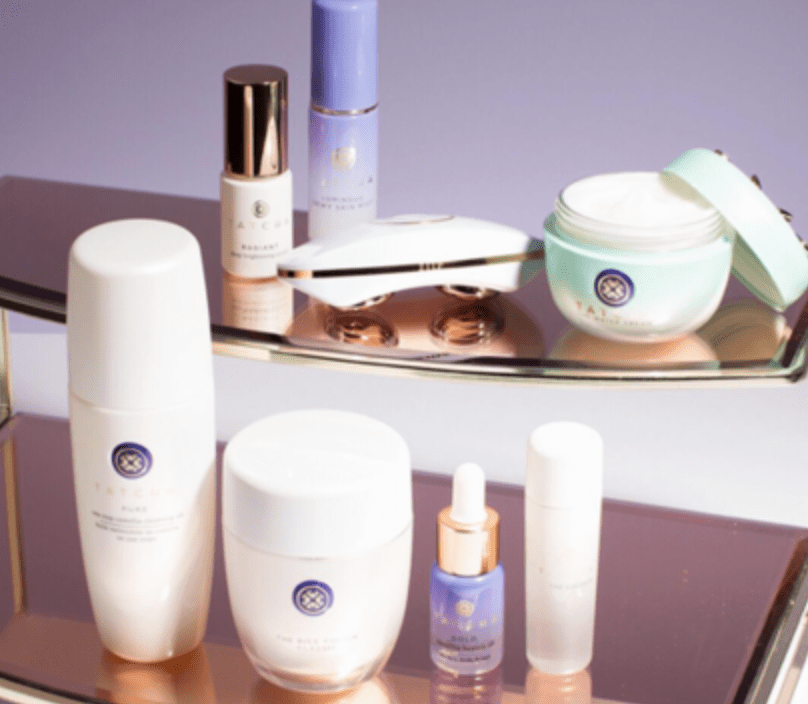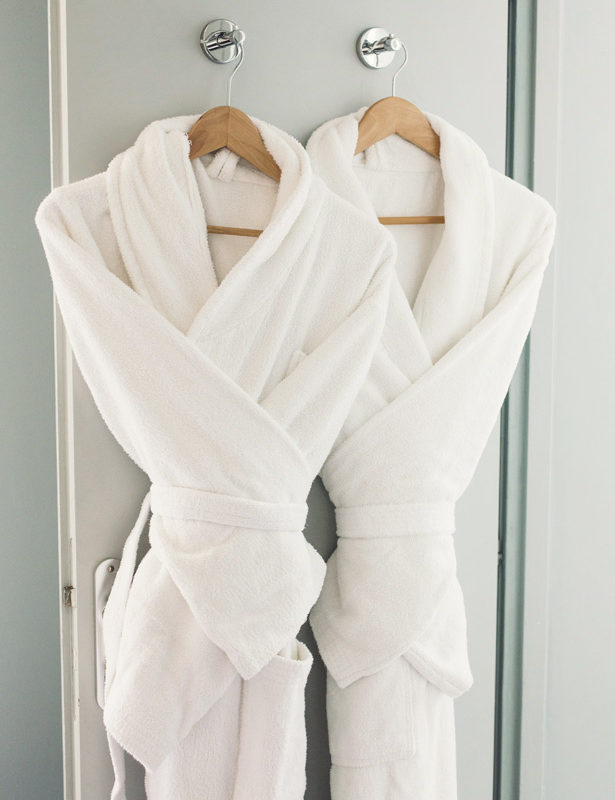By: Marlowe Barnett
A routine practiced centuries ago by geishas in Japan is now the hottest beauty routine on the market. Founded on the theory of obtaining impeccable skin through a simple regimen, J-beauty is pure, clean and effective.
“Japanese beauty is innovative to say the least. It is very much about prepping the skin everyday for anticipated damage that may occur in the future. And the reason it is so effective is because the Japanese use scientific research before releasing a product, said Sephora manager and skincare enthusiast Chloe Yun.
J-beauty products are among the hottest on the market. According to The Financial Times, Japanese beauty exports are projected to exceed $2.75 billion this year. Some of the brands consumers are purchasing include: Tatcha, Shiseido and SK-II. These three brands are fairly affordable when it comes to luxury skincare. They sell anything from serums, to masks, to moisturizers. But a classic cleanser costs anywhere from $35-$70.
Japanese beauty brands are digging deep into the traditions set forth by geishas to produce flawless skin. In doing so, they are offering a new way to approach skincare.
Although most of the world thinks of a geisha as a white-faced lady with a kimono and a bun, the role of a geisha historically is intricate and lavish. The culture of the geisha, meaning “performance artist,” evolved in the mid-eighteenth century from the pleasure houses in Japan as entertainment for the samurai- the military nobility during pre-industrial Japan. These entertainers began as men until they were replaced with female dancers, known as geiko, who to no surprise were more popular. The term geiko is still used today to refer to a senior geisha.
According to The Japan Times, the number of practicing geishas have dropped by 98 percent in the last century due to the economy and lack of maintaining tradition. Yet geisha houses today are altering their traditions to suit the modern world.
Despite the makeup pastes and pigments geishas are required to wear everyday, they are known for having an impeccable porcelain complexion. In 1813, geishas created a manuscript titled Miya Fuzoku Kewaiden meaning Capital Beauty and Style Manual.
The manual highlighted the importance of three ingredients- green tea, Okinawa red algae and rice bran. This killer combo is called the Hadasei-3. Each ingredient serves an important function to deeply nourish and rid the skin of impurities.
Green tea, represents harmony and tranquility in Japan. Today, science has concluded it is a source of Epigallocatechin Gallate (EGCG), one of the most powerful antioxidants available on the market.
“Not enough people know just how important antioxidants are in reversing the signs of aging or getting rid of fine lines. I tend to not buy a serum or moisturizer if it doesn’t have any antioxidants,” said Yun.
Red Algae is found on the southern coast of Japan off the islands of Okinawa. Due to a diet rich in calcium, proteins, and vitamins found in the red algae, the residents of Okinawa have the world’s longest life span. This theory is backed by the National Center for Biotechnology Information claiming that they identified red algae as a source of natural products that slow aging.
Rice bran has been used to clean dishes, wash hair and even clean floors. Geishas realized the benefits of rice bran after bathing in leftover rice-washing water. They realized how soft it made their skin and began to use the milky wash for face cleansing purposes. The potent ingredients in rice bran produce an antioxidant rich moisturizer for the skin, according to Tatcha.
Tatcha has conducted extensive research on these time-tested ingredients and the founder of the brand, Victoria Tsai, managed to produce a brand with products that embellish the skin from the inside and out.
https://www.instagram.com/p/BqYlwDpF6sU/
Tsai spent years working for a large corporation until she visited Kyoto, Japan and met a geisha who changed her life. She learned the Japanese beauty secrets passed down from generations preaching that less is more. The foundation of the brand is based on the original geisha beauty secrets of implementing the Hadasei-3: green tea, algae and rice.
Today, Tatcha works with scientists in both Japan and the U.S. to find innovative beauty products that don’t stray from the simple and pure foundation of the brand. The three best-selling products include a water cream for $68, a camellia cleansing oil for $48 and a rice polish foaming enzyme powder for $65.
Claire Cannon, a senior at SMU from Dallas, has been using the J-beauty brand for six months now.
“I’ve never been one to spend hundreds on skincare products. That’s why I fell in love with Tatcha’s philosophy and idea of only needing three- a cleanser, a polish and a moisturizer. I saw results immediately after using their water-based facial moisturizer and have been hooked ever since,” said Cannon.
This water-based facial moisturizer has been a best-seller ever since it hit the market due to its killer ingredients of anti-aging superfoods found in the Hadesei-3.
The idea of J-beauty is to treat your body the same way from both the inside and the outside. That is why most of the skincare ingredients are derived from foods popular in Japanese culture such as rice, seaweed and green tea.
Although Japanese beauty is certainly not a fad as it has been around for centuries. It is still gaining exposure throughout the western world. And some are just learning about it’s benefits today…
“I’ve never heard of the term J-beauty, but the idea of having a simple skincare routine before going to bed at night sounds enticing to me, especially a cleanser that cleanses your face and removes makeup. I could definitely see why people could be hyping it up,” said SMU junior Ava Lamoureux.







